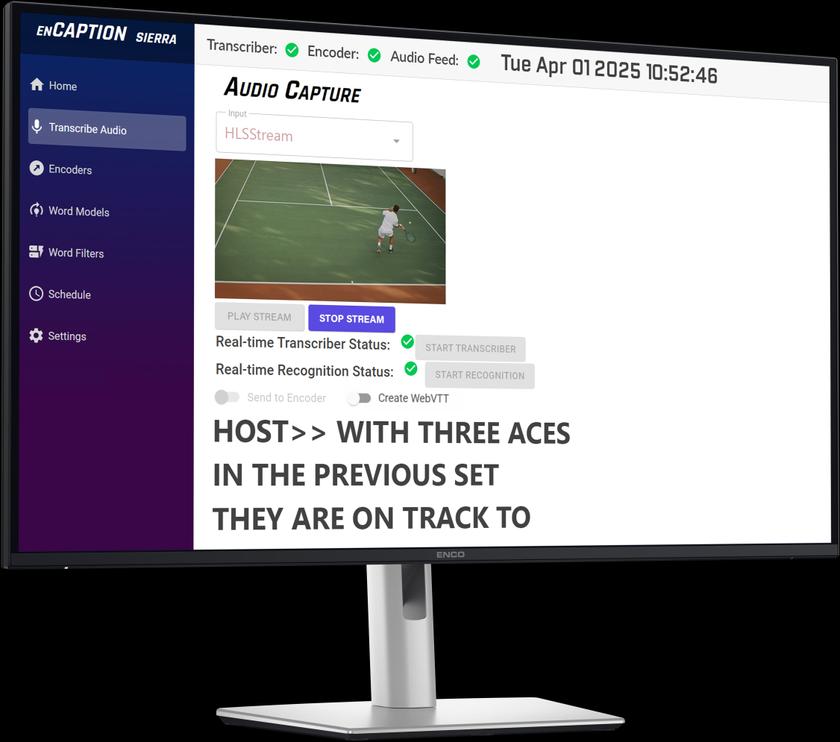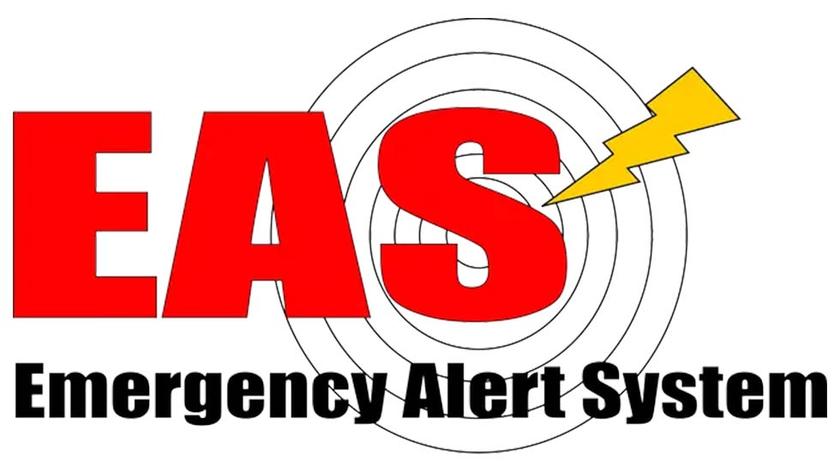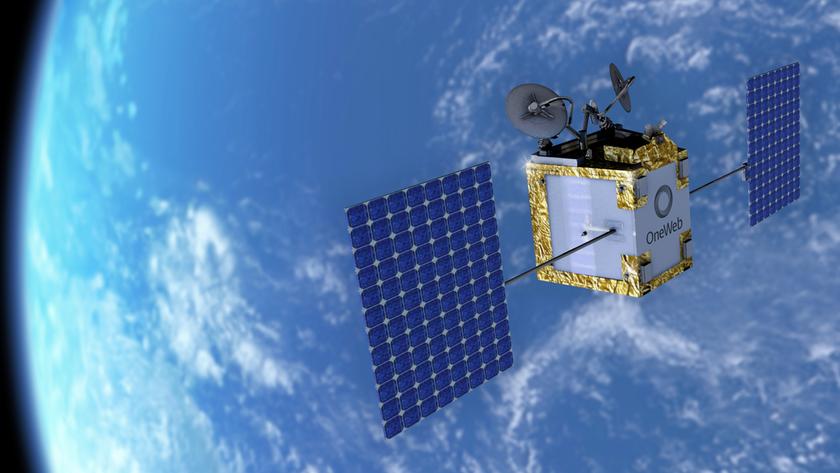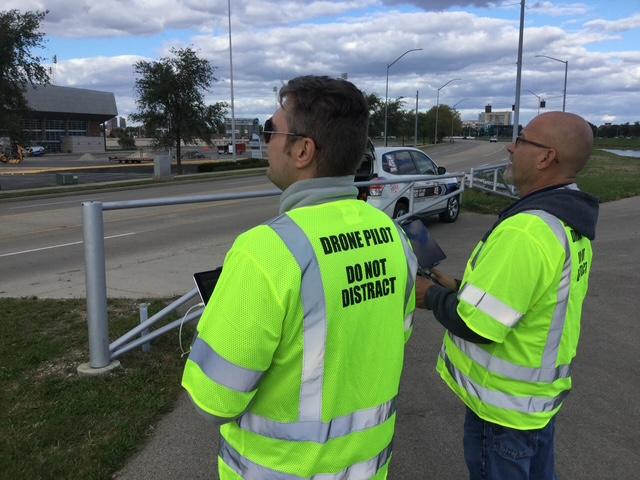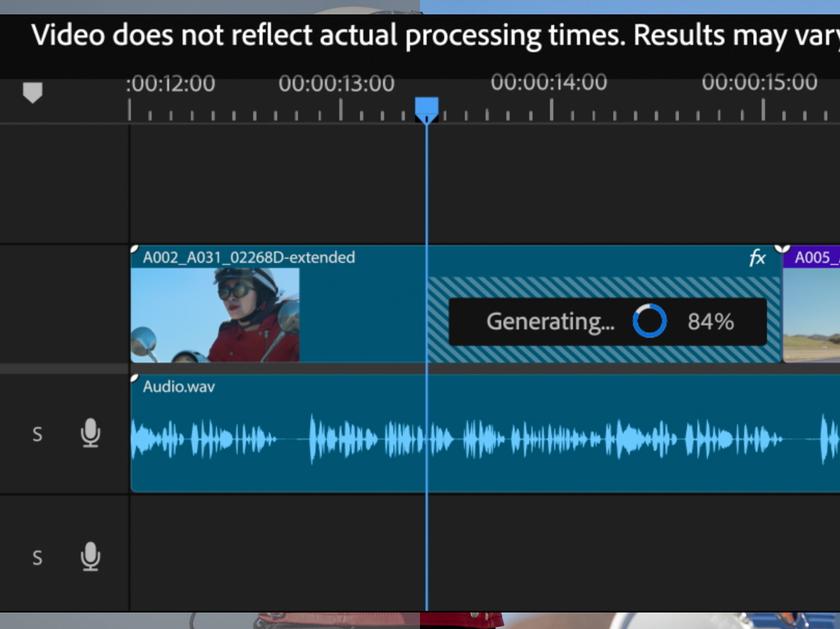Among TV stations turning off analog signals, many rejected by FCC as ‘threat to public interest’

Some 500 television stations have told the FCC they want to cease analog transmissions this Tuesday, sticking with the original Feb. 17 DTV deadline. By midweek, as many as 681 of the nation’s roughly 1800 television broadcast stations, including those in Hawaii, may have turned off analog transmissions.
In turning off analog, stations were required to petition the FCC. As the deadline approached, the commission studied each case and prevented certain stations from turning off their signals early. When President Obama signed a bill delaying the transition last week, he essentially created a staggered, or rolling, transition that will extend over the next four months until June 12.
ABC, CBS, Fox and NBC’s owned and operated stations have said they will continue to transmit an analog signal until June. However, the networks own only about 100 of the 1800 or so broadcast television stations in major urban areas in the United States.
“Stations in smaller markets are more likely to feel the added economic burden of keeping analog broadcasts for another four months,” the Associated Press reported. A main reason cited for the early turnoff was the high electric bills associated with running two transmitters. Other stations have scheduled crews to reposition antennas for digital transmissions.
Acting FCC chairman Michael Copps said “dislocation and confusion” are occurring over the transition, but it would have been much worse if all stations had transitioned on a single day.
The FCC prohibited about 123 stations that wanted to turn off analog on Tuesday from doing so. The commission used its public interest exception to delay analog turnoffs in Eugene, OR; Billings, MT; Dayton, OH; Lincoln, NE; Madison, WI; Providence, RI; Rockford, IL; LaCrosse, WI; Charleston, WV; Santa Barbara, CA; Sioux City, IA; Topeka, KS; Wausau, WI; and Wichita, KS. In most cases of those rejected, all the stations in the market would have been turned off at once.
However, the FCC backtracked some, saying those stations could switch off their service if another station in the market continued to broadcast until June 12. Other factors were the broadcast of news programming in a market and if the stations would set up “walk in” centers to help local residents receive a signal.
Get the TV Tech Newsletter
The professional video industry's #1 source for news, trends and product and tech information. Sign up below.
In any case, most of the stations running into FCC problems were in smaller to midsized markets. “The larger markets, where we have O&Os, thanks again to the wise decision and the public interest decision of the major networks, there will continue to be analog broadcasting,” Copps said.
The Nielsen Co. has estimated that 6.5 million over-the-air households are unprepared for the transition. Elderly, Latino and low-income households are among those groups to be most impacted. Many wanting to watch digital television will be required install outdoor antennas. Subscribers with cable or satellite TV service, which represent about 85 percent of the nation’s households, will continue to receive all channels.



